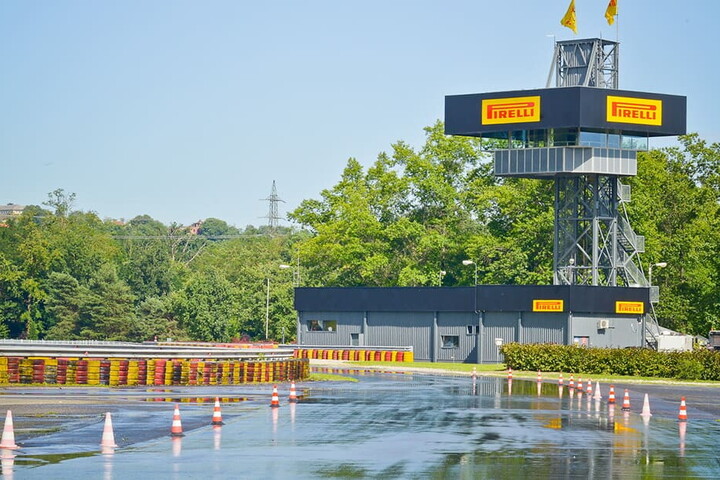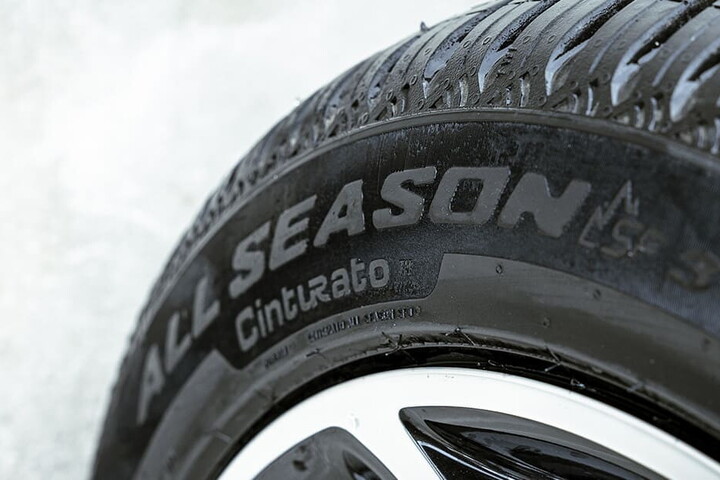Tread wear is not a joke, it affects our safety and our wallet. Worn tyres substantially increase the risk of aquaplaning and drastically reduce braking performance on wet roads.
It is not by chance that there is a legal limit – 1,6 mm of minimum depth of the tread – of minimum thickness - which if not respected can lead to fines or for points being deducted from your driving license.
ALSO READ: How to take care of your tyres

WHEN SHOULD YOU CHANGE YOUR TYRES?
Pirelli tyres have Tread Wear Indicators (TWI) at the base of the grooves that indicate the depth of 1.6mm, which is the legal limit for tire use. When the depth of the tread reaches the level of these indicators, even only in one point of the tread, the tyre must be replaced, not only because its use is illegal, but also because it no longer offers adequate safety guarantees.
Performance in the wet (resistance to aquaplaning) decrease in proportion to the thickness of the tread beyond the legal limit, in order to remain within the safety margins, regardless of the climatic conditions that may change without notice, it is advisable to replace the tyres when the tread is about 3mm for summer tyres and 4mm for winter tyres.
Tyres that show swelling, cracks, cuts, objects in the casing, or irregular wear must be checked by specialized personnel and replaced if necessary.
In any case, it is advisable that a specialist, after five years, checks all the tyres, including the spare wheel, regardless of the kilometres travelled and the residual tread, evaluating their possible replacement.
HOW DO YOU CHECK TYRE WEAR?
Then measure the tread, going beyond the correct but not precise coin method (one Euro or two Euro coin, for summer and winter tyres, respectively) placed in the central groove. If the central part is not covered, the tyre is worn. How do you check for wear? Surely a visual and tactile control of the surface remains an effective starting point because it allows you to discover any irregularities paying extreme attention to swelling and cuts, even minimal, which could degenerate and cause problems in use.
Then we proceed to measure the tread. There is the empirical method –although not very precise - of the coin (one or two Euro respectively for summer and winter tyres) placed in the central groove. If the central part is not covered, the tyre has reached its maximum wear limit.
To make the check more precise there is a wear indicator on the treat itself: a small protrusion 1.6 mm high block positioned inside one of the main grooves of the tyre. To easily find it we must look on the side of the tyre for the initials TWI (which stands for ‘Tread Wear Indicator') and in that position the 1.6 mm projections are found in the grooves.
If the tread has worn down to a point of grazing the indicator, it is no longer up to standard and the tyres must be replaced as soon as possible. Another effective method is to use an instrument that can be bought for a few Euro from a store, known as the depth gauge. When the instruments is positioned on the rubber grooves of the tyre, it accurately measures the depth and can let us know if it is time to go to the tyre dealer.




